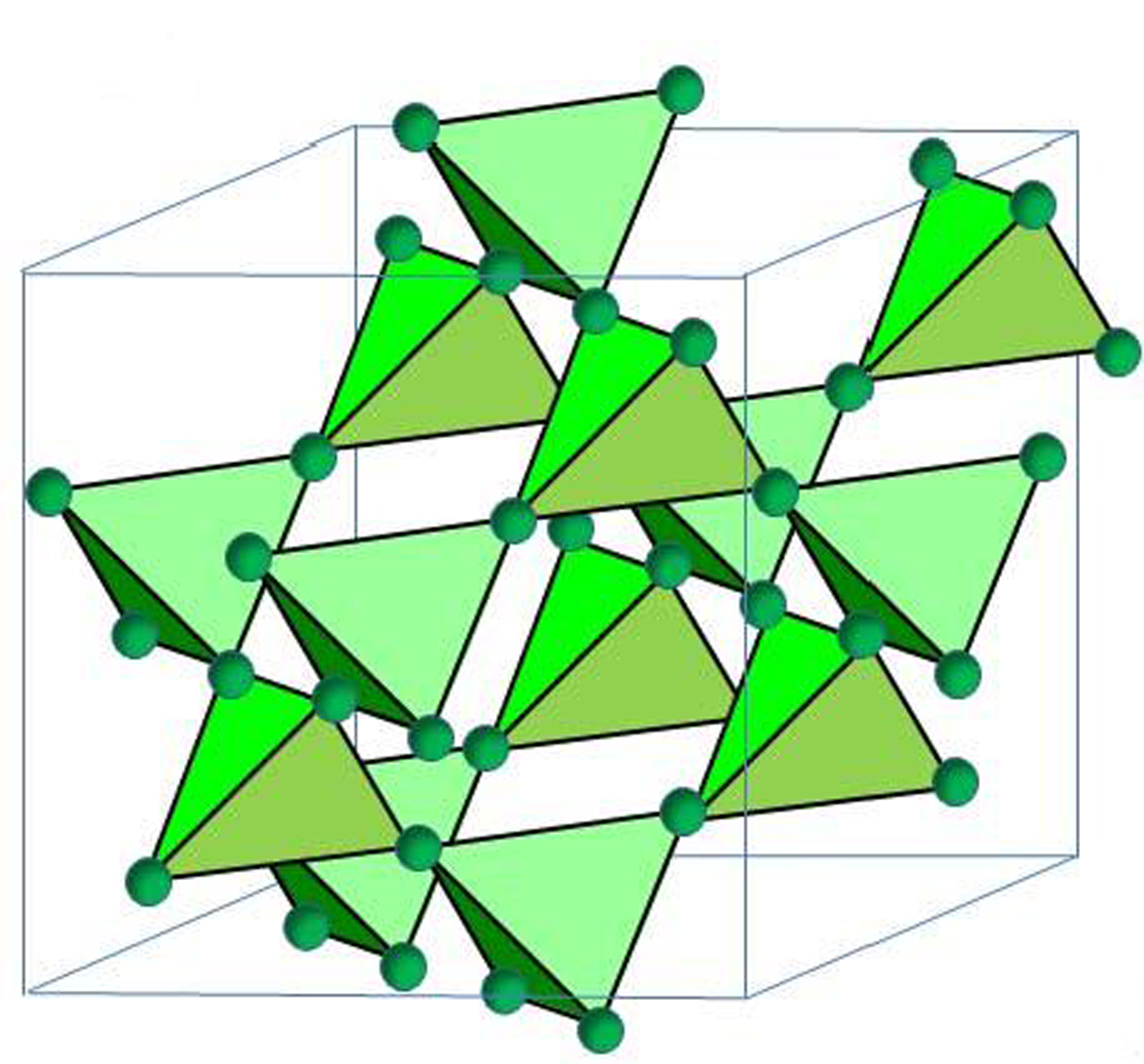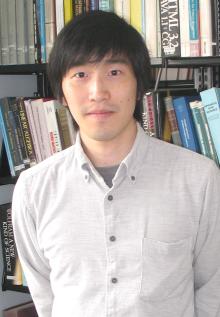

It's called the Hall effect and, for the first time, physicists have shown that it can be created in magnets without the benefit of a charge current.
In a paper published in this week's edition of the journal Science, UC Santa Barbara's Hosho Katsura, a postdoctoral researcher at the Kavli Institute for Theoretical Physics, and five other co-authors say they have observed a magnon Hall effect in magnets. The Hall effect occurs when a voltage difference is produced across an electrical conductor that runs through an electric current in the conductor, perpendicular to the magnetic field. It was named for Edwin Hall, who discovered it in 1879.
In their study, Katsura and the other scientists say that neutral particles such as phonons and spins can carry heat current and also produce the Hall effect without the usual thermal forces. Katsura did the theoretical research to provide evidence that the Hall effect can be created by spin excitations, also called magnons, in an insulating ferromagnet with a pyrochlore lattice structure.
"What we found is that there is a kind of Hall effect in an insulating magnet," Katsura said. "That is the striking point in this paper." In an earlier study, published in February, Katsura had proposed a mechanism for the Hall effect in quantum magnets. "I constructed a theoretical model in which the magnon Hall effect occurs," Katsura said. The evidence in the new study, he said, supports his theory in the earlier study.
Katsura said the new study is an important step in spintronics research. "Many people are now interested in spintronics, which means you can control the spin of electrons," Katsura said. "Up to now, charge current has been used in all electronic devices, since it's easy to control. But this charge current generates heat and prevents further development. So people want to create and control spin current, which is not a charge current but the flow of spin. Usually, people are studying semiconductor systems. Here we are studying a completely different system, using insulating magnets. This opens a new way to study spintronics."
Other co-authors on the current study are Y. Onose, T. Ideue, Y. Shiomi, N. Nagaosa, and Y. Tokura, all from the University of Tokyo.



